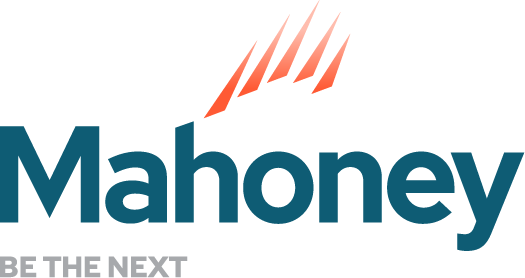
Self-Employed Retirement Plans: Which One is Right for Me?
Everyone knows we are supposed to save for retirement, but what is the most effective way to do it? For employees, determining what kind of retirement plan to use is easy: simply use what the employer provides. For the self-employed, however, it’s not quite so easy. Self-employed individuals are responsible for all of their own tax planning—and choosing their own retirement plan, which can be a daunting task considering the number of options to choose from. Below is a brief synopsis of the most popular retirement plans for self-employed individuals.
Note: Below, the term “employer” is used to describe the self-employed’s business. The term “employee” describes both the self-employed individual and other employees hired by the business.
Simplified Employee Pensions (SEPs)
Contributions: Employer can contribute to each employee’s IRA up to the lesser of 25% of the employee’s salary or $61,000 in 2022 ($58,000 in 2021). Contributions are tax deductible. There is no Roth version of an SEP.
Participants: Generally, all eligible employees must receive the same percentage of SEP contributions. Eligible employees are 1) at least 21 years old; 2) have performed service for the employer during at least three of the last five years; and 3) received at least $650 of compensation from the employer during the year.
This plan is good for high-income taxpayers who wish to save a lot for retirement and don’t have any employees, or a very small number of employees.
Solo-401(k) with a Profit-Sharing Plan
Contributions: Like in an SEP, the employer can contribute up to 25% of the employee’s salary. Unlike an SEP, the employee can also defer up to 100% of his or her compensation up to a maximum of $20,500 in 2022 ($19,500 in 2021) if under age 50, and an additional $6,500 if over age 50. The employer and employee contributions added together can’t exceed $61,000 in 2022 ($58,000 in 2021). Both traditional and Roth Solo-401(k) options are available.
Participants: Only the business owner.
This plan is good for high-income taxpayers who wish to save a lot for retirement and don’t have any employees. This plan is especially useful for taxpayers who wish to take advantage of Roth retirement benefits.
SIMPLE IRA
Contributions: The employee can defer up to $14,000 in 2022 ($13,500 in 2021) of his or her salary if under age 50, and an additional $3,000 of over age 50. The employer must make matching or non-elective contributions, up to 3% of the employee’s compensation. Contributions may only be made to a traditional account, not a Roth.
Participants: Only employees that have received at least $5,000 of compensation during any two prior years. Only businesses with fewer than 100 employees may have a SIMPLE IRA.
This plan is good for businesses with multiple employees. Because of the employee deferral, the employer isn’t solely responsible for the retirement contributions.
Other Self-Employed Retirement Plans
Defined Benefit (Pension) Plan: This is a traditional pension plan that pays a stated yearly benefit at retirement. Contributions are calculated by an actuary and are determined by factors such as age, yearly benefit selected, expected return on investment, etc.
Conclusion
Not mentioned above are other less common retirement plans and variations of the plans listed above. Determining which plan is right for you requires knowledge and expertise in retirement and tax planning, which is why it is highly recommended to talk to both your financial advisor and tax advisor to see which option best suits your individual scenario.
At Mahoney, our certified tax preparers and tax consultants are here to answer any questions you may have. Contact us for further advice on SEPs, and more.
ADDRESS
10 River Park Plaza, Suite 800
Saint Paul, MN 55107
(651) 227.6695
Fax: (651) 227.9796
info@mahoneycpa.com
© 2024 Mahoney | Privacy Policy
Mahoney Ulbrich Christiansen & Russ, PA




